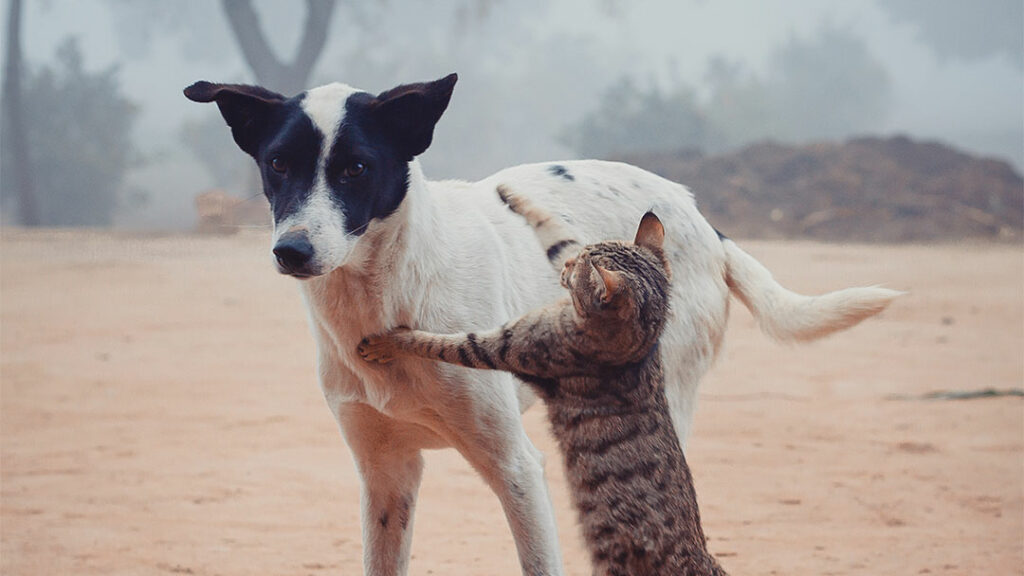Cats have always been an integral part of our home, enchanting us with their beauty, pouncing playfulness and enigmatic natures. Of the various breeds of domestic cat, the tall house cat has a unique height and statuesque elegance. If you’ve ever wondered about these long, lean creatures, this guide will help you learn about what makes the tall house cat unique, how to care for one, and why they make such an interesting companion.
What Is a Tall House Cat?
When we mention a tall house cat, we often mean domestic cats with a strikingly elongated, slender build. Such cats are often known for their long limbs, slender figure and graceful movements. Unlike the shorter, stockier breeds, tall house cats usually look refined and elegant and are therefore aesthetically pleasing in any home.
Not an actual breed, but the phrase “tall house cat” can refer to several breeds or mixes that are tall and lean. Examples include the Siamese, Oriental Shorthair or some Savannah cats that typically look tall and lean.
Physical Characteristics of Tall House Cats
The tall house cat’s most discernible characteristic is its high stature when compared to its body size. Also, they look taller than other ordinary cats, thanks to their long legs, and stand with almost regal positioning. They are classically slender and muscular, with the ideal representative being lithe and agile rather than heavy. These are typically cats with narrow faces framed by acute angles, large ears, and almond eyes.
Their fur types can range from smooth, short fur to longer, sleek hair due to their breed or ancestry. All tall house cats are united in elegant physique and regal persona, however.
Why Do Some Cats Grow Tall?
The height of a cat is mostly determined by genetics and breed. Some breeds have been selectively bred based on morphological traits (such as long legs and a thin body) or certain skills (such as speed and hunting) that influenced the engagement of dogs in hunting. Siamese cats, for example, were bred to be very active and sleek, so they have longer legs than average.
Diet during a kitten’s developmental period is also crucial for the final size of an adult cat. Nutritious food that helps support the growth of strong bones and muscles can affect a cat’s adult size. Environment and health (non-sickness in childhood) might also affect growth.
Personality Traits of Tall House Cats
Tall house cats are typically described as animated and smart. Their body is designed for action and many of these cats have a fondness for climbing, leaping and exploring all the vertical nooks and crannies available in your house. They are nimble creatures that are quick and can weave between furniture, shelves, and windowsills such that they seem to have little trouble with these obstacles.
Despite their size, house cats can be as colourful as their larger relatives, often being just as social and maybe as affectionate. They develop a strong attachment to their owners, craving attention and companionable snuggles—but they won’t cling too tightly. They are intelligent dogs who take well to training and enjoy mental stimulation, such as toys and puzzle feeders in their living quarters.
With their graceful gait and poised attitude, they can appear dignified or aloof. But they do have a sweet side, and that comes out perfectly when they are comfortable and happy.
Caring for a Tall House Cat
To care for a high cat at home, you should be aware of the cat’s physical and personality needs. Although many general cat care principles apply to all cats, certain things just seem to help sulky cats.
Nutrition and Diet
A healthy house cat will be naturally lean if it possesses the genetics of a tall breed. Being energetic and fleet of foot, they will do so much better with top-notch nutrition to keep them going and their body weight under control. Be cautious not to overfeed your snail; it is very slim-bodied, and extra weight can burden it and slow it down.
Exercise and Enrichment
Tall house cats are naturally athletic and require regular exercise. They can burn off energy and keep in shape by playing interactively with toys such as a wand teaser or a laser pointer. Climbing trees, shelves, and cat condos is the way to go to stave off their thirst for climbing while satisfying their natural inclinations.
Mental exercises are just as essential. Puzzle feeders, treat-dispensing toys and training games challenge their clever minds and reduce boredom-induced behaviour.
Grooming Needs
Grooming needs will change based on the length of the coat on your tall housecat. Breeds with shorter hair typically only require brushing for stray fur and to keep their coat shiny. Brush fluffier breeds a little bit more often to avoid mats and hairball development.
Frequent grooming sessions are also a good time to inspect your dog for skin problems, pests or other health issues. Nail clipping, ear cleaning and dental care also finish off a thorough grooming.
Health Considerations
Their height is not measured in combination with all household cats, but like all cats, the tall house cats also require routine vet visits for a general checkup on health status. Some breeds that tend to be tall are also predisposed to particular health problems, such as joint issues, because of their longer legs. Keeping your cat at a healthy weight and ensuring plenty of activity helps minimise your.
Other things that are important as far as their health goes are vaccinations, prevention of parasites, and keeping their dental health in check. The earlier we catch them, the longer and happier we can live life.
Fascinating Facts About Tall House Cats
Tall indoor cats have always been the fantasy of cat lovers around the world for their beautiful appearance and strange actions. One fun fact is that their long legs and slender figures make them great jumpers and climbers. It’s nothing for these cats to jump several times their height when they are excited or when they’re hunting toys.
They are also very communicative, frequently chatty in fact. Breeds such as the Siamese, which are part of the tall house cat category, are notorious for their unique, melodious yowls and “chattering.” This is a characteristic that makes them very interactive, and they love to “talk” to their humans.
Long-legged house cats also typically live longer if we treat them right, since their thin bodies put less strain on their organs and joints. Their lifestyle also keeps their muscles and bones strong as they get older.
Why Choose a Tall House Cat as a Pet?
If you opt for one of the tall house cat breeds, you are inviting an elegant and distinctive friend into your home. Their athletic form, coupled with their spirited personalities, makes them the perfect companions in beauty and wit. They are great companions for people who don’t have pets to interact with and can provide space to play and to climb.
These cats are happy living in a house that can offer both physical and mental challenges. They are a good choice for a family pet, being great company, and as they are so active, they bring lots of energy and dynamism to the home.
Conclusion
The tall house cat is a fascinating breed of domestic cat known for its height, sleek, elegant body style and outgoing, enthusiastic personality. Whether naturally lean or a member of a breed specifically known for slenderness, these cats add elegance to any home. When loved and taken care of, paying attention to nutrition, grooming, exercise and health, tall house cats become wonderful, loving pets who are full of energy.
If you are planning to add a tall house cat to your life or you just want to know more about these statuesque cats, knowing about the unique needs and traits of these types of cats is the most helpful information in creating a strong bond. These tall, graceful cats make the range for this list of unusual cats, demonstrating that cats can be found in all shapes and sizes, the tall and lanky ones included.



